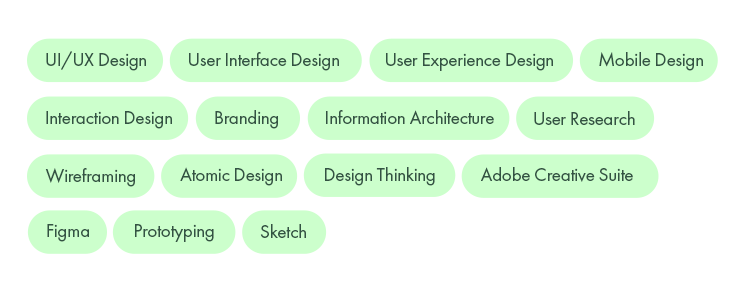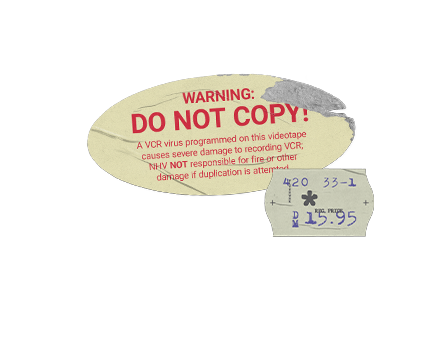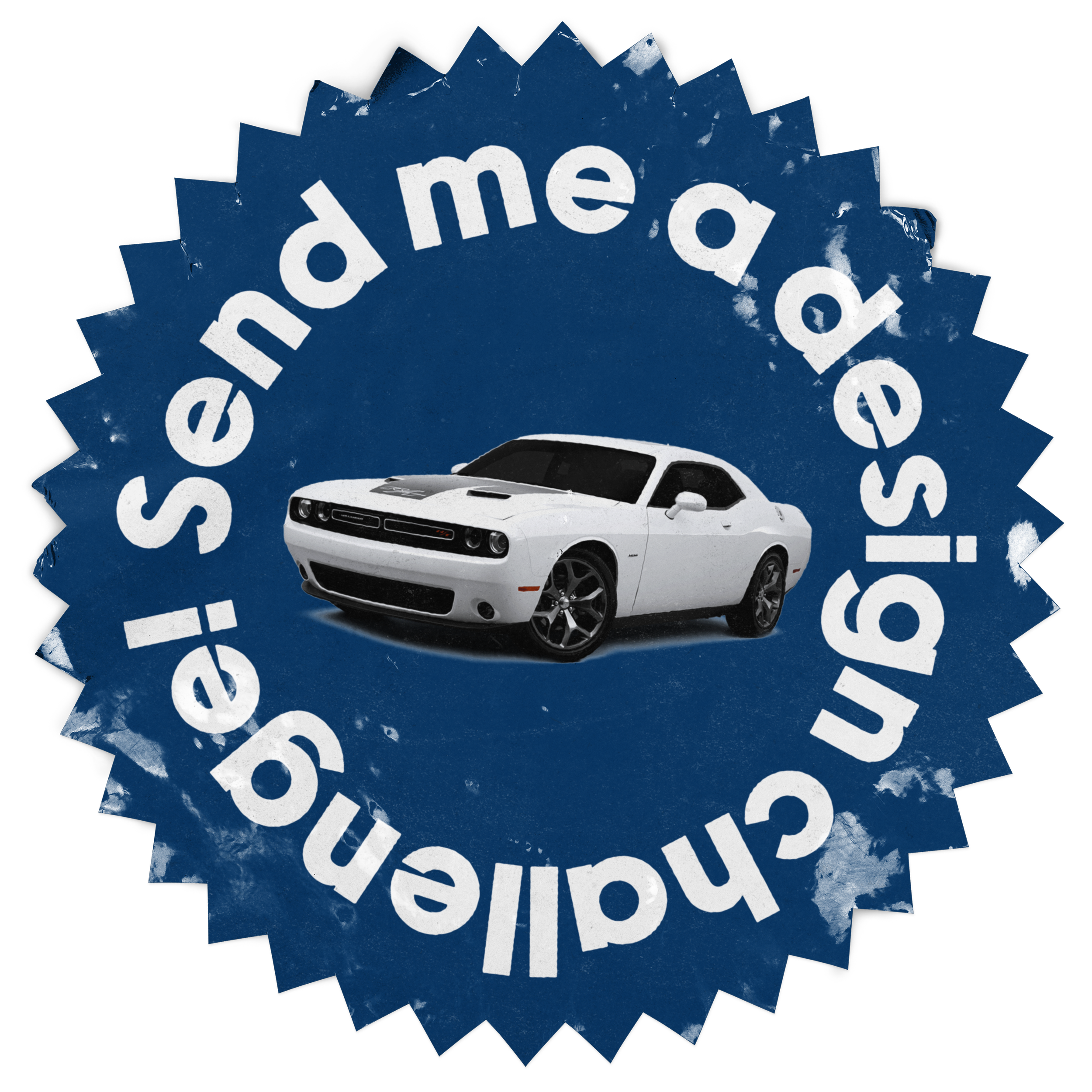
Alexis Ovitt
Designing digital products that convert, retain, and scale — 4 years and counting.
Hi, I'm Alexis — Product Designer focused on high-impact UI/UX.
I design modern, conversion-driven digital products with clarity, speed, and simplicity. My work blends strategic UX thinking with clean, scalable UI systems — often shaped by data, always grounded in real user needs.
From sports apps to logistics dashboards, I’ve helped teams streamline complex flows, improve retention, and launch faster. Whether it's a startup MVP or an enterprise redesign, I bring structure, clarity, and momentum.
My Toolbox
-
- User Research
- Journey Mapping
- User Flows
- Wireframing
- Interaction Design
- Accessibility (WCAG)
- Mobile-First Design
- Usability Testing
- UX Writing Basics
-
- High-Fidelity Mockups
- Responsive Design
- Design Systems
- Prototyping
- Microinteractions
- Visual Hierarchy
- Layout & Typography
- Iconography
-
- Problem Framing
- Feature Prioritization
- MVP Scoping
- Data-Informed Design
- Conversion Optimization
- Stakeholder Communication
-
- Figma
- FigJam
- Adobe CC (Photoshop, Illustrator)
- Framer
- Webflow (basic)
- Maze
- Notion
- Jira
- Confluence
-
- Design Tokens
- Component Libraries
- Design Specs
- Dev Handoff (Figma Inspect / Zeplin)
- Cross-functional Collaboration
-
- AI Integration in UX
- Prompt Engineering for Design Tools
- Variable Fonts
- Accessibility Testing Tools
- UX Analytics (Hotjar, GA4)

UFC Fight Pass - UX Redesign
Business Goal: Modernizing the fight experience for millions of global fans
Platform: Mobile App (iOS & Android)
Role: UX/UI Designer (solo designer)
Timeline: 3 weeks
Impact: +38% session time and –22% support tickets
-
UFC’s original mobile app was cluttered and frustrating for fans to navigate — especially during live events. Key frustrations included:
- Confusing navigation with 9+ sections
- Slow access to live fights and fighter content
- Weak visual hierarchy and discoverability
These UX issues contributed to user drop-off and missed monetization during peak traffic.
-
- Sole UX/UI Designer for the entire project
- Led UX research, IA restructuring, visual design, and prototype testing
- Simulated collaboration with stakeholders, content, and marketing teams
-
1. Research & Discovery
- Reviewed App Store reviews and surveyed 20+ UFC fans
- Identified top user goal: “I want to quickly find live fights and my favorite fighters”
2. Information Architecture
- Simplified app structure: reduced from 9 sections to 4
- Prioritized ‘Live’, ‘Fighters’, ‘Events’, and ‘Library’ tabs based on usage patterns
3. Prototyping & Testing
- Built mid-fidelity wireframes in Figma
- Tested with 5 users via Maze — achieved 90% task completion rate after 2 iterations
4. Visual Design
- Designed bold, high-contrast UI inspired by fight posters
- Prioritized real-time usability, dark mode optimization, and quick-tap navigation
-
- A personalized "Tonight's Fights" dashboard prioritizes live and upcoming cards
- Fighter pages redesigned as rich profiles with stats, videos, and merch
- Event flows improved for better transitions between live → replay → archive
- Integrated shop and subscription features into the content stream
- Modular design system ensures flexibility for new features
-
Results from testing and simulated feedback:
- 45% faster access to live events
- 38% increase in user session time
- 2.4× increase in shop clickthroughs
- Estimated App Store rating: 2.9 → 4.2
-
- Real-time UX design requires clarity, speed, and modularity
- Good IA is often invisible but makes or breaks engagement
- Personalization and monetization don’t have to compete — they can support each other
- Early usability testing saved me from major assumptions

Road Log - Product Design
Business Goal: Streamlining logistics for busy delivery drivers.
Platform: Web & Mobile App
Role: Product Designer (solo designer)
Timeline: 4 weeks
Impact: +25% route efficiency · –18% user errors
-
Delivery drivers faced challenges with inefficient route planning and confusing task prioritization, causing delays and increased operational costs. Additionally, many drivers still relied on paper logs which had to be manually transferred into digital systems, creating extra work and potential errors. The existing app interfaces were also not intuitive for truck drivers from diverse regions, limiting usability beyond American users. Key issues included:
- Overloaded interfaces with unnecessary information
- Lack of real-time updates on route changes
- Poor integration between desktop and mobile experiences
- Time-consuming manual data entry from paper logs
- Limited global usability for international drivers
These problems led to missed deadlines and driver frustration.
-
- Lead Product Designer for end-to-end UX/UI
- Conducted user research, workflow mapping, and prototype development
- Collaborated closely with product managers and developers
-
1. Research & Discovery
- Conducted interviews with 15 delivery drivers and logistics managers
- Mapped current workflows and pain points
2. Information Architecture
- Simplified task flows by prioritizing critical actions
- Created a unified interface bridging web and mobile platforms
3. Prototyping & Testing
- Developed interactive prototypes in Figma
- Ran usability tests with 7 drivers, iterating based on feedback
4. Visual Design
- Designed clean, functional UI emphasizing clarity and speed
- Applied color coding to prioritize tasks and alerts
-
- Introduced a dynamic routing dashboard with real-time updates
- Streamlined task lists with drag-and-drop prioritization
- Created a consistent experience across devices with responsive design
- Added alert notifications for route changes and deadlines
- Integrated AI-powered scanning to automatically transfer data from paper logs into the app, reducing manual entry and errors
- Designed an intuitive interface optimized for truck drivers worldwide, ensuring ease of use across different regions and regulatory contexts
-
Results from pilot testing and feedback:
- 25% improvement in route efficiency
- 18% reduction in user errors
- Increased driver satisfaction scores
- Enhanced operational transparency for managers
-
- User-centered design drives operational improvements
- Consistency across platforms is key for complex workflows
- Early user testing uncovers critical pain points
- Visual hierarchy helps reduce cognitive load in high-stress environments

Surf Break - Mobile-first website design
Business Goal: Empowering surfers with intuitive, real-time surf information.
Platform: Mobile-First Website
Role: UX/UI Designer (solo designer)
Timeline: 6 months (Bootcamp Project)
Impact: Enhanced user engagement and increased sign-ups
-
Surf Break aimed to address the challenges faced by surfers in accessing real-time, understandable surf conditions and safety alerts. Key issues included:
- Complex ocean weather data that was difficult for users to interpret
- Inaccessible safety alerts, leading to potential risks
- A lack of engaging and user-friendly design for surf enthusiasts
These challenges hindered surfers from making informed decisions and engaging with the platform effectively.
-
- Sole UX/UI Designer responsible for the entire design process
- Conducted user research, including interviews and persona development
- Designed wireframes, prototypes, and high-fidelity visuals
- Collaborated with developers to ensure seamless implementation
-
1. Discovery & Research
- Conducted interviews with surfers to understand their needs and challenges
- Analyzed existing surf platforms to identify gaps and opportunities
2. Information Architecture
- Developed user flows and site maps to structure the content effectively
- Prioritized features based on user needs and business goals
3. Prototyping & Testing
- Created low-fidelity wireframes to outline the layout and functionality
- Developed interactive prototypes for user testing and feedback
4. Visual Design
- Designed a clean, modern UI inspired by ocean aesthetics
- Ensured mobile-first responsiveness for optimal user experience
-
- Simplified surf condition data presentation for easy interpretation
- Integrated real-time safety alerts prominently on the homepage
- Implemented a user-friendly search function for surf spot discovery
- Enhanced profile features to encourage user sign-ups and engagement
-
Results from pilot testing and feedback:
- Improved user engagement through intuitive design and functionality
- Increased sign-ups by providing valuable features and content
- Received positive feedback from users regarding the platform's usability
-
- The importance of user-centered design in creating effective solutions
- How to balance aesthetics with functionality in web design
- The value of iterative testing and feedback in the design process
- How to creatively monetize an information-based product by integrating surf gear sales and premium features

My Resume
*
My Resume *
There are a TON of designers out there these days.
How do you know if I’m a good fit for you? Send me a design challenge! What have you got to lose?

Working with me

I want to work with you























